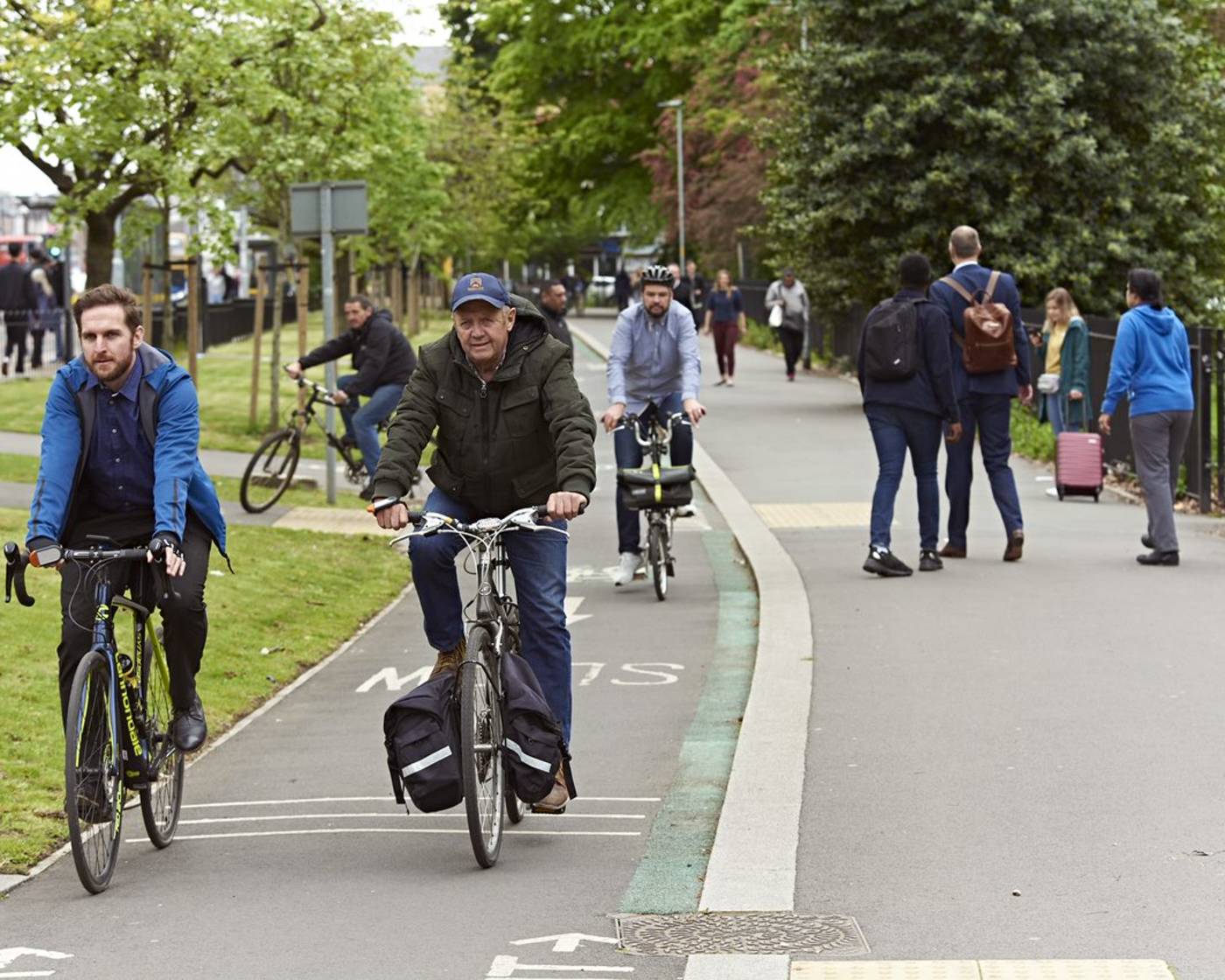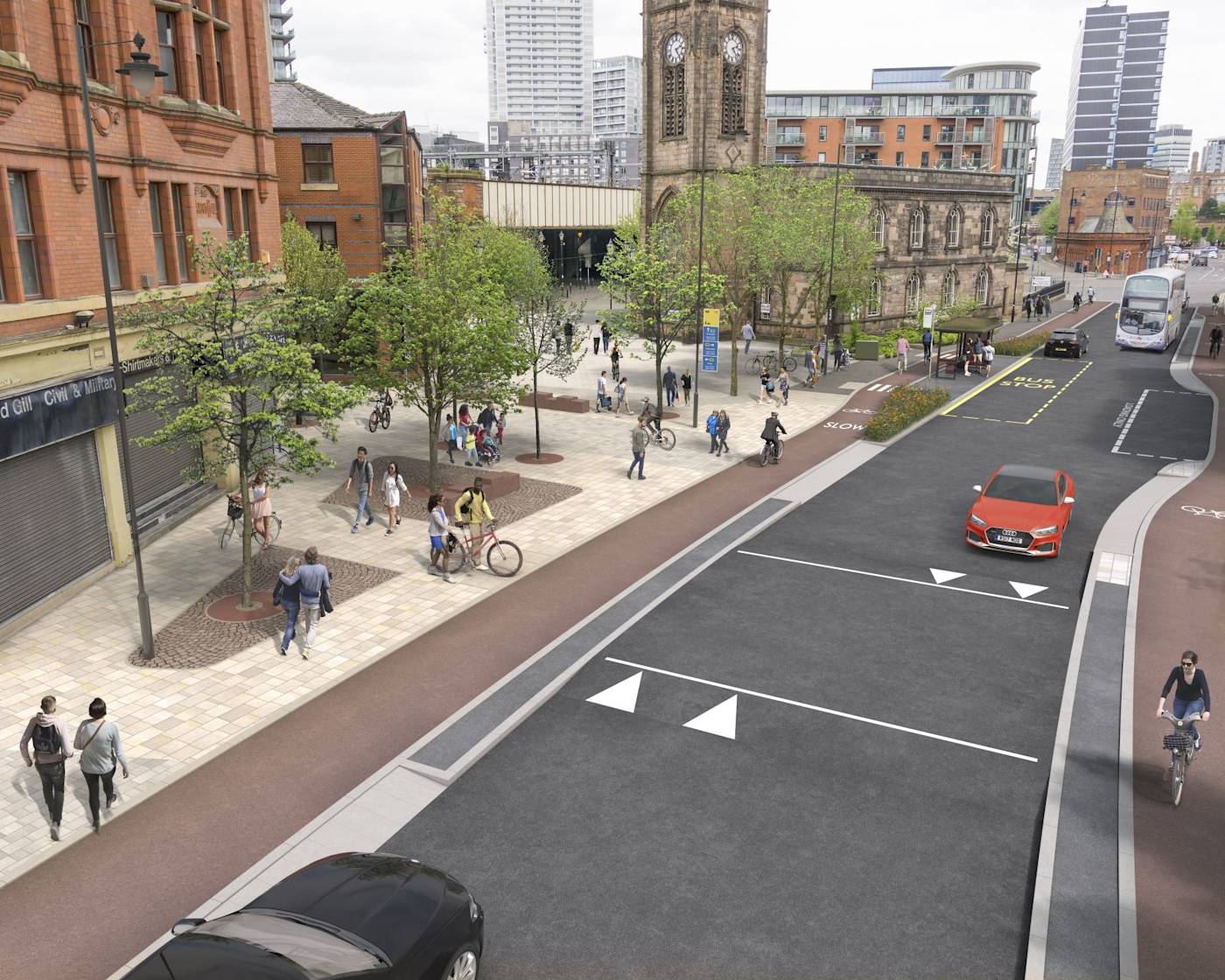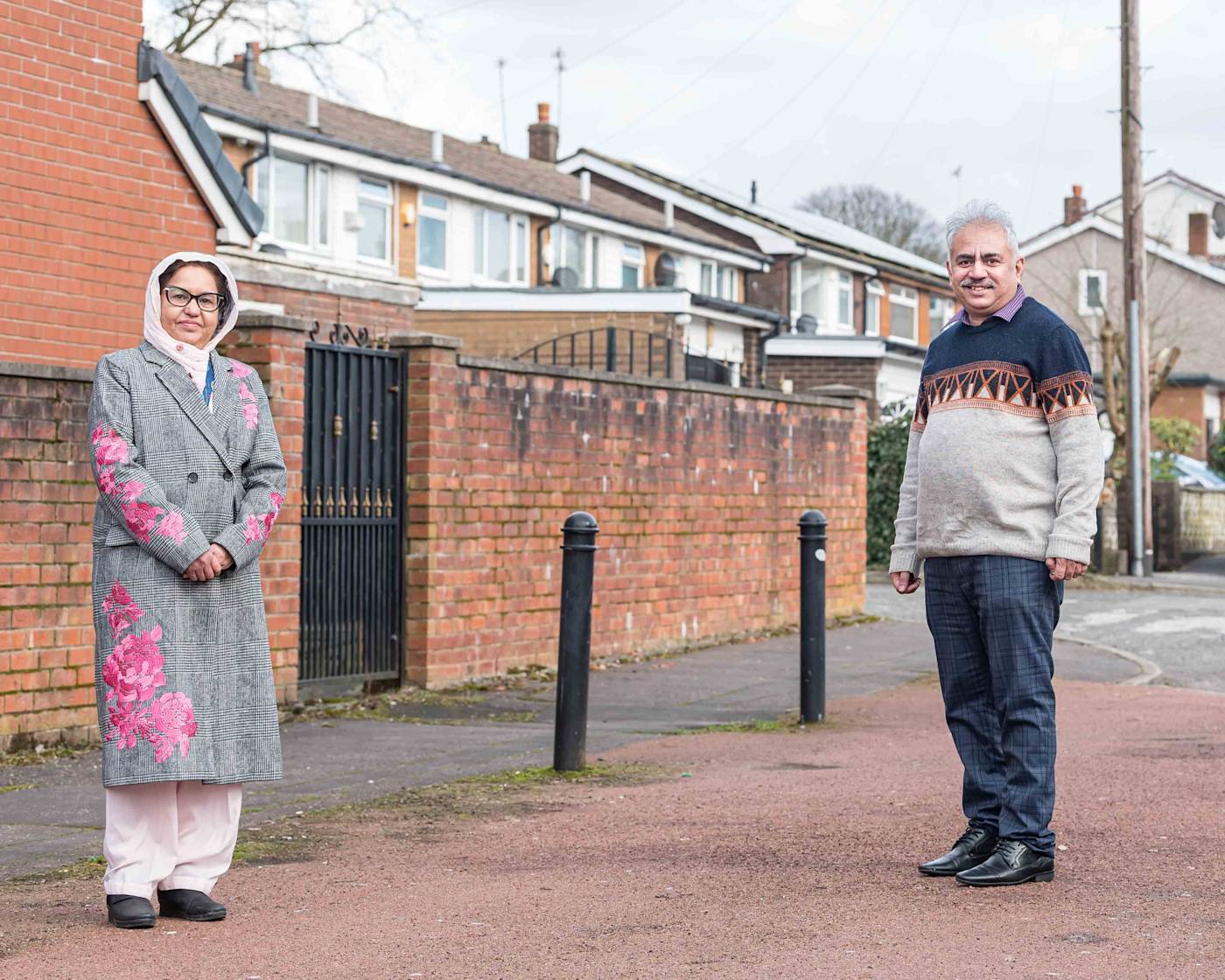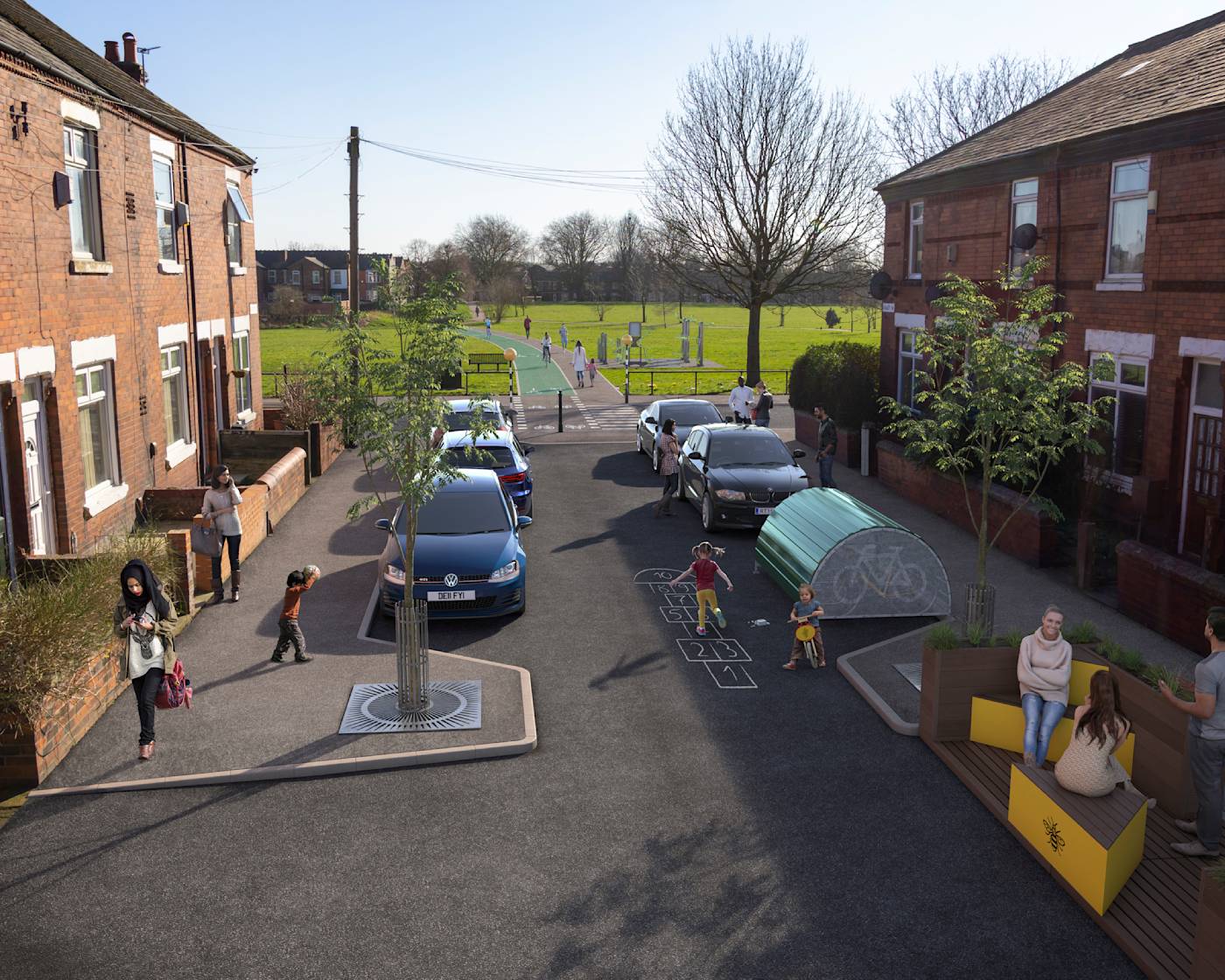Myths: Busted
We're here to bust those myths about on foot and by bike travel. If you thought cycling was just for men in lycra, or that Active Neighbourhoods will restrict access to emergency services, think again.
"Cycling is for white, middle aged men"
Not in the slightest. Travelling by bike or trike has universal appeal. Just check out our cycling and walking stories. Research has consistently shown that if cycling in your town or city is safe and accessible, then you get much more diversity in the people that choose to travel by bike.

"Cycle lanes always look empty"
This is not true. They are just highly efficient at moving people. You never get traffic jams in cycle lanes. Central London's cycle superhighways move five times more people per square metre than the main carriageway.

"I won't be able to park outside my house anymore"
For all schemes, residents will of course still retain access to their driveways. In terms of public highway space, there may be circumstances where car parking spaces are affected, but as more people will be enabled to walk and cycle for local trips this should mean that there are fewer cars, leaving parking spots primarily for residents. Where lack of parking becomes an issue, initiatives like resident permits can come into play. The situation would be monitored by the council leading the scheme.

"No one where I live will use the walking and cycling routes"
As that famous saying goes, "build it and they will come." And this really does apply to walking and cycling routes. Cycling levels along Manchester's Oxford Road corridor almost doubled or tripled at locations within 4km of the city-region's centre. The emergency active travel fund's closures on Deansgate have led to cycling being up 63% up year-on-year, versus the same period in 2019.
ACTIVE NEIGHBOURHOODS
"Active Neighbourhoods will create more congestion on main roads"
Independent research has shown that Active Neighbourhoods do not tend to cause an increase in traffic on surrounding main roads. This is because drivers adjust their behaviour, such as choosing to cycle or walk shorter journeys when these schemes are introduced, rather than traffic simply shifting from one place to another.
While there may be an initial increase as people adjust in the short term, there is evidence to show that traffic levels on main roads often stay the same or even reduce once the scheme has bedded-in. This has been experienced recently in Hackney and Lambeth where similar low traffic neighbourhoods have been introduced. Traffic levels on main roads will continue to be monitored and residents will be engaged with to understand the impacts and benefits of the scheme.

"Active Neighbourhoods will stop emergency service access"
This is not the case. Emergency vehicles can still access homes and, as stated by law, councils are in conversation with emergency services about all of the proposed schemes. Across Greater Manchester, there has been support from emergency services, not least because the most common reason for delayed responses is congestion caused by motor vehicles, which these schemes aim to reduce.

"Cycle lanes and low traffic neighbourhoods only benefit affluent areas"
This is not true. Recent research by Dr Rachel Aldred has shown that low traffic neighbourhoods are not primarily being introduced in affluent areas. In Greater Manchester, around 17 active neighbourhoods are being delivered in a range of areas across the city region. Check out our map to find out what's happening near you.

Roads are closed/blocked for cars
This isn’t correct because cars and vans still have access to all addresses. However, through-routes being used as rat runs will be closed to improve safety, noise, air quality and accessibility for all residents. This will inevitably make some car trips slightly longer, but it will also make it much easier and more attractive to walk and cycle for shorter journeys.
Restricting car access is bad for local businesses
There is no evidence to support this claim and in fact making it easier and more attractive to walk and cycle tends to show the opposite. Studies have shown a 30% increase in retail spend in areas that have pedestrian/public realm improvements and a reduction in shop vacancies by 17% in areas that saw similar improvements to the street environment.
Evidence shows that people tend to over-estimate the number of customers that travel to shops by car and that actually, when surrounding roads are safer for walking and cycling, the local economy performs better.